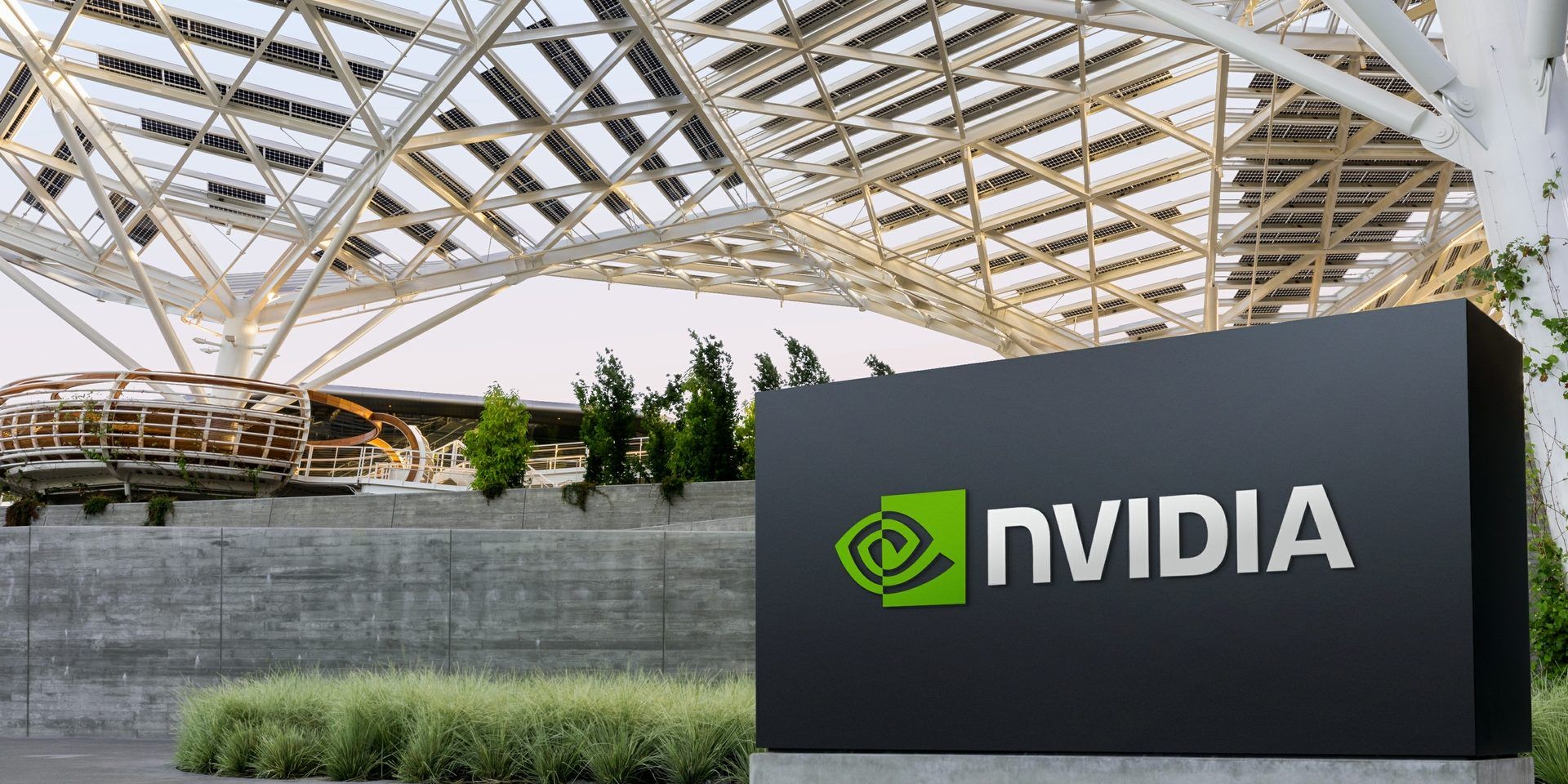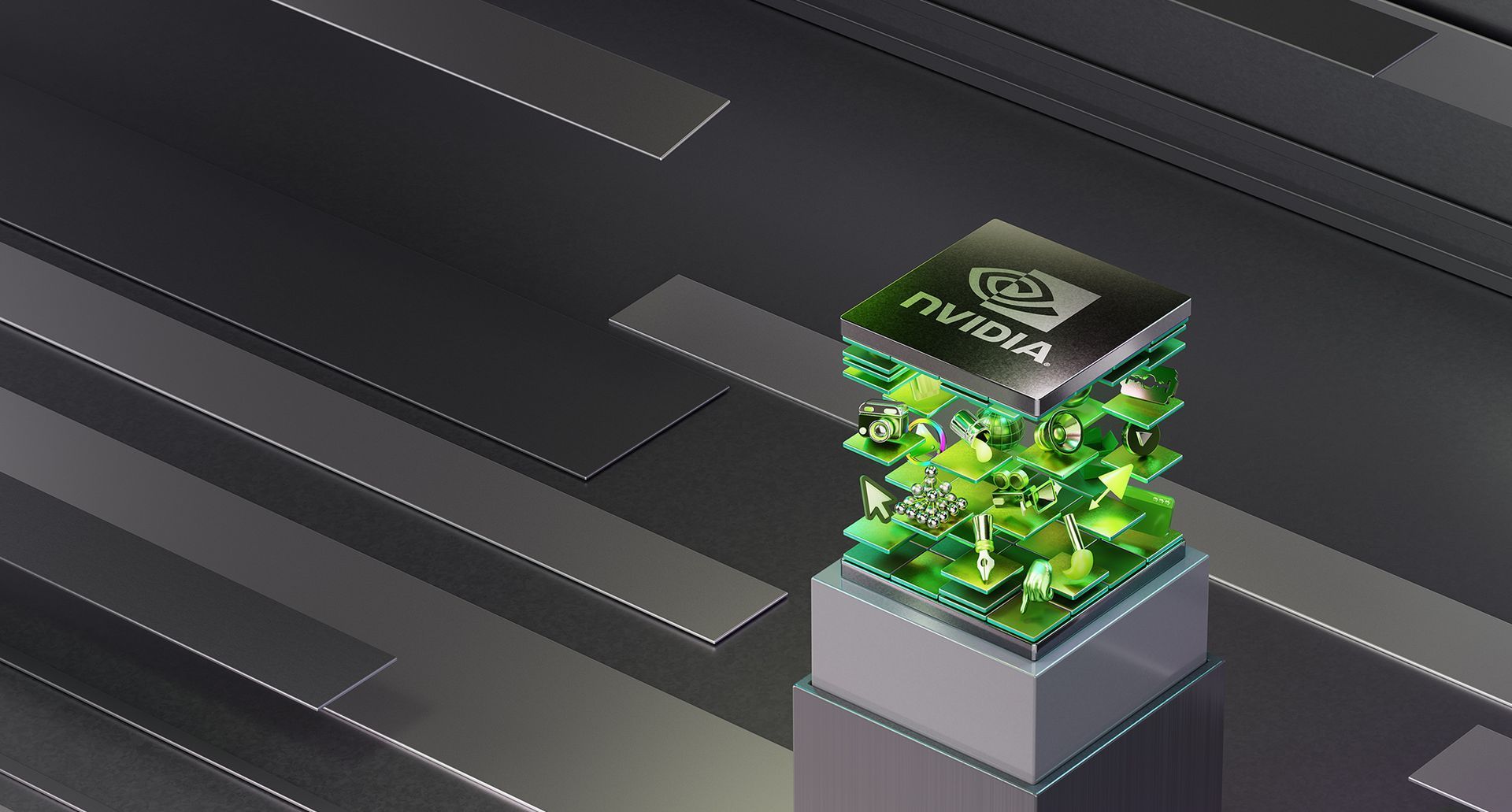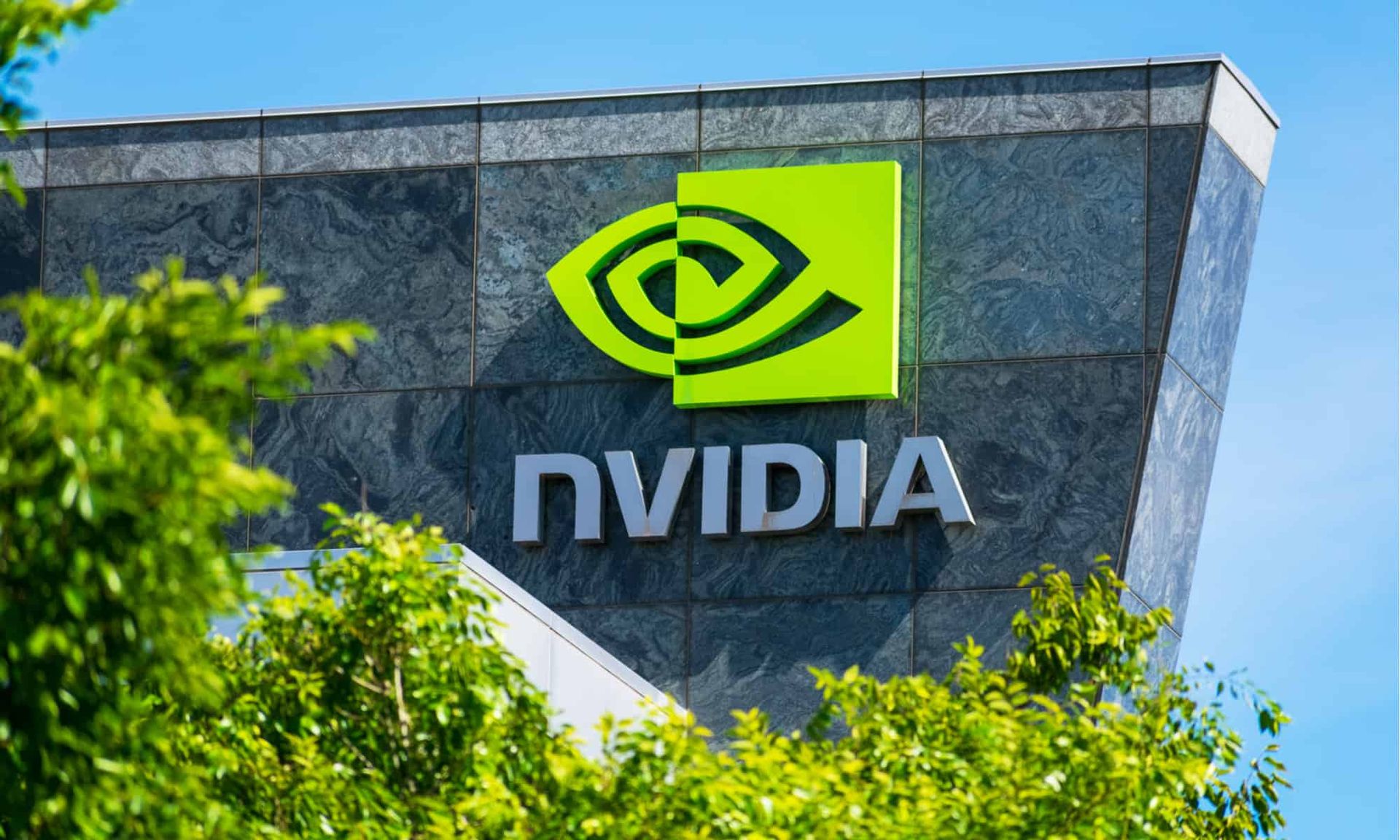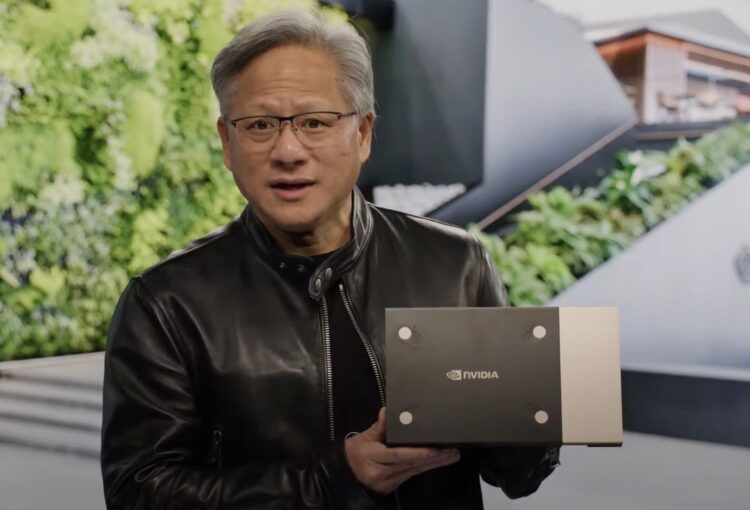During the annual GPU Technology Conference (GTC), Nvidia demonstrated its commitment to expanding the accessibility of its AI hardware for enterprises in various industries, while also improving the development process for generative AI applications like ChatGPT.
Throughout the conference, the Santa Clara-based company unveiled several major announcements, with each one aimed at advancing the field of AI. Among these were efforts to make hardware more user-friendly and accessible, as well as new software and tools that streamline the development process.
Over the course of the event, numerous in-depth articles were published covering each announcement, highlighting the potential impact of Nvidia’s advancements on the industry as a whole.
All NVIDIA AI announcements
Nvidia’s DGX A100 server box has been considered costly, which is why the company announced DGX Cloud at the GPU Technology Conference (GTC) to make its technology more accessible to enterprises.
DGX Cloud is a web-based service that enables businesses to access the company’s AI supercomputing infrastructure and software. Each DGX Server box comes with eight Nvidia H100 or A100 GPUs and 640GB of memory, costing $36,999 per month for a single node.
To further support enterprise AI applications, Nvidia has launched AI Foundations, which offers three cloud services: Nvidia NeMo, Nvidia Picasso, and BioNeMO. The service is aimed at helping businesses develop and implement custom generative AI models.

Nvidia NeMo is designed for large language models, Nvidia Picasso focuses on image, video, and 3D applications, while BioNeMO generates scientific texts using biological data.
Nvidia has announced the release of four inference platforms at its annual GPU Technology Conference (GTC), designed to enable developers to build custom generative AI applications. Among these are the Nvidia L4 for producing AI video, the Nvidia L40 for 2D/3D image generation, the Nvidia H100 NVL for deploying large language models, and the Nvidia Grace Hopper.
The latter enables recommendation systems built on large datasets, by connecting the Grace CPU and Hopper GPU over a 900GB/sec coherent chip-to-chip interface.

Nvidia claims that the L4 can offer 120 times more AI-powered video performance than CPUs, with a 99% increase in energy efficiency. The L40 serves as the Omniverse engine, delivering seven times the inference performance for Stable Diffusion and 12 times Omniverse performance compared to previous versions.
About Nvidia GTC
During the GTC event, Nvidia’s CEO Jenson Huang made a major announcement regarding the company’s efforts to boost the efficiency of semiconductor manufacturing. Huang revealed the Nvidia cuLitho software library, a tool designed to help semiconductor companies design and develop chips with ultra-small transistors and wires.
The software library is expected to accelerate the time-to-market of chips while improving the energy efficiency of data centers used in the semiconductor manufacturing process. With this tool, companies will be able to achieve higher performance and energy efficiency while reducing the cost of chip design and manufacturing. The cuLitho software library is set to make a significant impact in the semiconductor industry by increasing the accessibility and ease of developing chips with ultrasmall transistors and wires.
“The chip industry is the foundation of nearly every other industry in the world,” said Huang. “With lithography at the limits of physics, NVIDIA’s introduction of cuLitho and collaboration with our partners TSMC, ASML and Synopsys allows fabs to increase throughput, reduce their carbon footprint and set the foundation for 2nm and beyond.”

In addition to its product and software announcements, Nvidia also made some significant partnership announcements. Nvidia has partnered with Medtronic to create a common AI platform for software-defined medical devices, which will help improve patient care. The company has also partnered with Microsoft, which will host Nvidia Omniverse and Nvidia DGX Cloud on its Azure cloud platform.
These partnerships highlight the growing importance of AI and the need for collaboration across different industries. The 2023 Nvidia GTC event will continue through March 23, providing attendees with even more opportunities to learn about the latest developments in AI and the ways in which Nvidia is pushing the boundaries of what’s possible with this technology.





